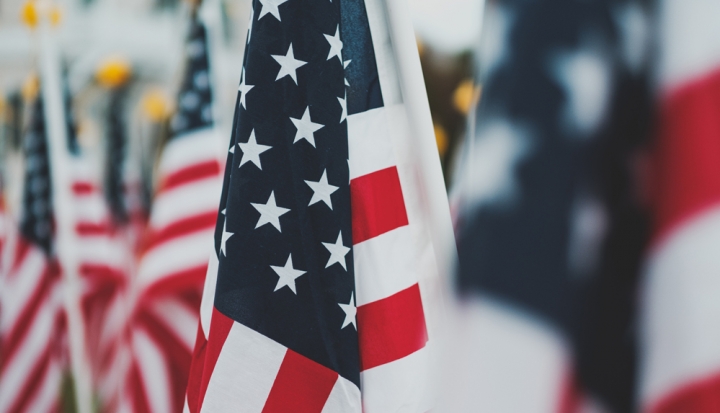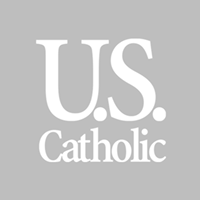After September 11, 2001 and the subsequent war on terrorism, the American flag became more visible than at perhaps any other time in U.S. history. From car antennas to window decals to lapel buttons to commercials, it seems the flag is now everywhere. But what about in Catholic churches?
In times of war and national tragedy, people seek to connect their deep feelings of loss, fear, hope, courage, support for victims and combatants, and national loyalty and gratitude with their religious aspirations. Both sets of emotions run deep in human souls, and it seems appropriate to somehow put them together in a positive way.
In some Catholic parishes, of course, the flag has always been around, placed in a corner of the sanctuary or flying in front of the church building. For some Catholics, seeing the flag in church joins God and country—the way they should be—while for others, flags in church represent an abhorrent marriage of nationalism and faith.
Most Catholics, however, probably fall somewhere between these two extremes, wishing to establish some link between love for God and nation but wanting to do so appropriately.
As the United States Conference of Catholic Bishops points out, nothing in the church’s liturgical books or canon law provides any regulations about displaying flags in Catholic churches. For this reason, it’s up to diocesan bishops to decide whether and how to display the flag in church, and the bishop usually lets the pastor make the decision.
One diocese that does have a policy is Green Bay, Wisconsin. There the flag cannot be carried in liturgical processions—at the beginning of Mass for example—nor can it be placed permanently in the sanctuary. The flag should not be carried or displayed with the cross, the central symbol of the Catholic faith, or distract from or obstruct the altar and the place where scripture is proclaimed, the presider’s chair, and the tabernacle. In other words, parishes should take care to avoid weaving the flag into the basic symbols and actions of worship.
At the same time, as the U.S. bishops conference and the Diocese of Green Bay affirm, it is permissible to put the flag in a place like the vestibule or gathering place of the church, with a Book of Petitions, a Book of the Dead, floral decorations, or personal mementos. On a national patriotic holiday, like Independence Day or Memorial Day, parishes can display the flag in a respectful place away from the altar area. In all these ways, the flag can be a focal point for prayer and remembrance.
Symbols express people’s beliefs and loyalties—in what they put their faith. Most American Catholics believe in the basic goodness of their country and are loyal to it. They believe in a God whose kingdom transcends all nations, in a savior, Jesus Christ, who died at the hands of the state and who came to break the grip of destruction and death, and in a church that serves this kingdom and the Lord.
How and if parishes display the flag—or sing patriotic hymns, pray for their country, or use other symbols—will show whether their loyalties are complementary or confused.
This article was originally published in the April 2002 issue of U.S. Catholic (Vol. 67, No. 4, page 28).
Image: Unsplash cc via Osman Rana













Add comment